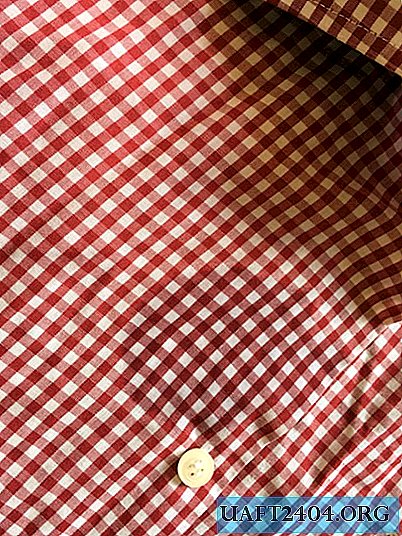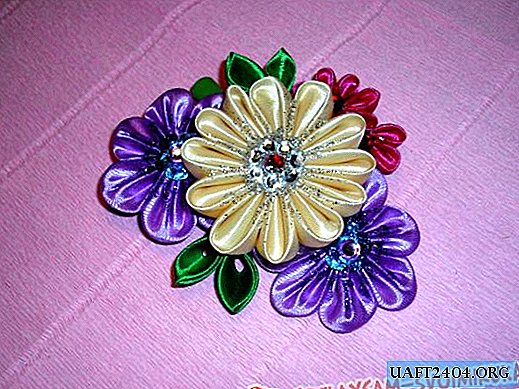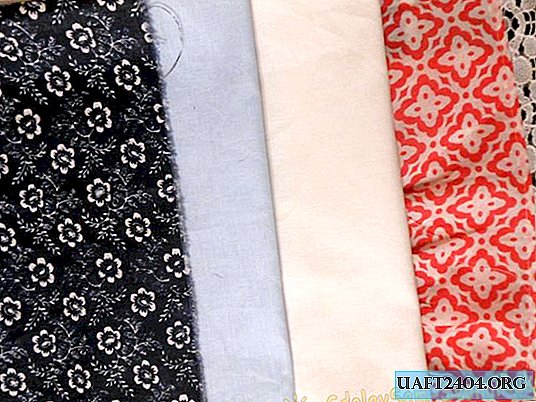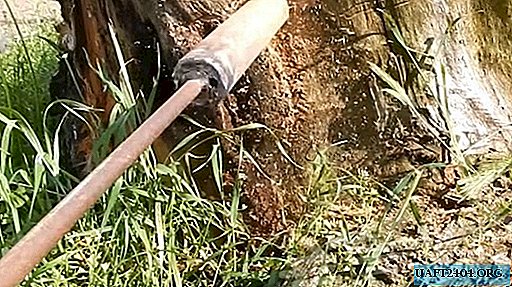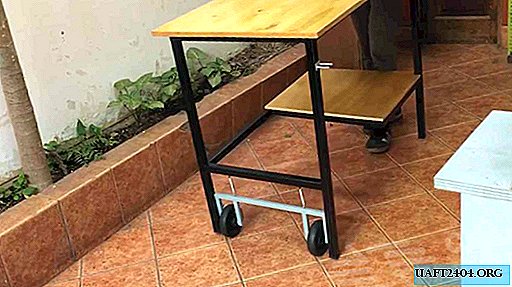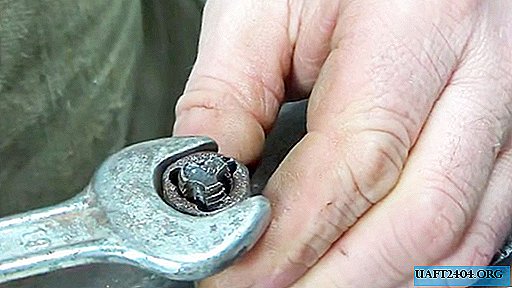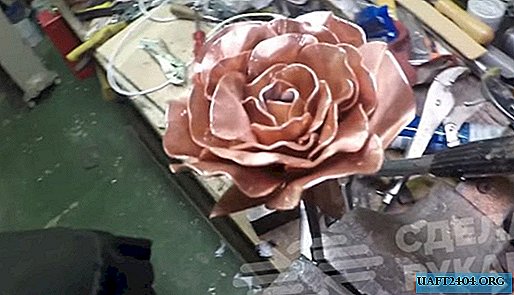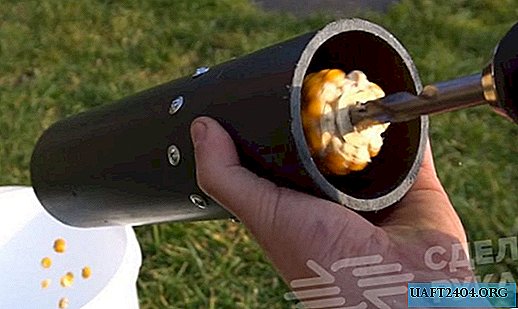Share
Pin
Tweet
Send
Share
Send
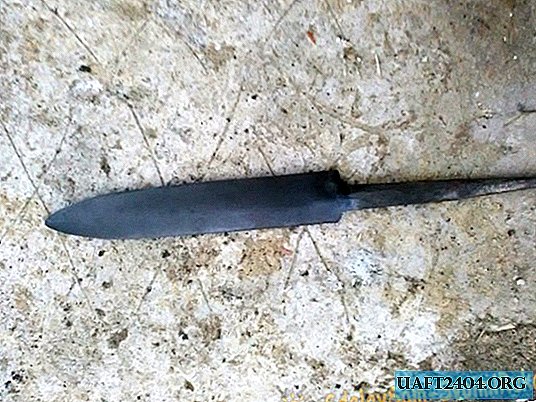
Hot burnishing
Let's start with the fastest, and perhaps the most effective way.
We will need:
- Machine oil
- Degreaser.
- Oven.
- Whit spirit
The process of burnishing the blade:
We will burn the knife with temperature and oil. I used the machine, but the sunflower will go. The product to be burnished, in my case a knife, must be degreased. I used uyat spirit.

Next, pour the oil into a container, preferably porcelain, I poured into a mug. Immerse the blade in oil, and send the mug into the oven at a temperature of about 280 degrees Celsius. A few words about the stove. Ideally, you need a muffle furnace with temperature control, but where do we get this? A kitchen oven would do, but the room should be very well ventilated. I used a cooling furnace, as well as a cooling stove in the house.


The second option is far from the best, since the oil begins to boil and evaporate, which is accompanied by a not pleasant smell, well, by the evaporations themselves (therefore, the oven is not the best varic). You need to boil the knife for 10 to 20 minutes until you are satisfied with the shade. Here is the result:

After the product has cooled down, wipe it again with a degreaser and wipe it dry. Of course, hardening from this method will not go anywhere.
Bluing in citric acid
A well-known and effective way, but longer.
You will need:
- Lemon acid.
- Warm water.
- Degreaser.
- Napkins
Burnishing process:
About 0.5 g of lemon are needed per 0.5 liter of water. I poured 10 grams into a glass of 150 ml. Acid must completely dissolve in water. Next, also degrease the surface of the blade and lower it into the solution. After a couple of minutes, bubbles should form on the product.

Blackening takes from half an hour to two hours. In general, it depends on the steel, but I tried different brands, and for all the result is about the same. Every 15 minutes, the blade must be removed and wiped with napkins, removing black plaque. Once you are satisfied with the color, you can pull out the knife and wipe it with vegetable oil this will stop the reaction.
And yes, the water should be hot 70-90 degrees Celsius. Although I often scored at this temperature, the process went on, but unevenly.
Here are two examples that are completely different from each other.


Differences due to different grades of steel. The one that is darker - high-carbon (the former file), blacking is ideal for such brands. Well, I constantly wiped the blade. The second knife made of low-carbon steel, which I just left for about a day in the solution, and the process went unevenly. In general, I am still satisfied with the result, the tint turned out to be interesting (there is yellowness in the photo, in reality I notice it).


This is another file that turned gray in half an hour.
Vinegar Burning
You will need:
- Table vinegar 9%.
- Degreaser.

Burnishing process:
Vinegar must be boiled, but you can do without it. It smells so bad, so I scored. But vinegar should not be cold, at least at room temperature. The blade can be washed under hot water so that it also warms up, after which it is degreased and dipped in vinegar, also every 15-20 minutes clearing black plaque.

After the blade we wipe in oil.


The result is this:
All these methods allow you to oxidize the blade, which will protect it from rust, and also give an interesting tinted color. In all cases, do not breathe the vapors of bluing, they are harmful to health.
All these methods will allow you to achieve any result you need. The coating is strong enough in all the methods described, and it will last for a couple of years for sure. I hope the article was helpful to you.


Share
Pin
Tweet
Send
Share
Send

